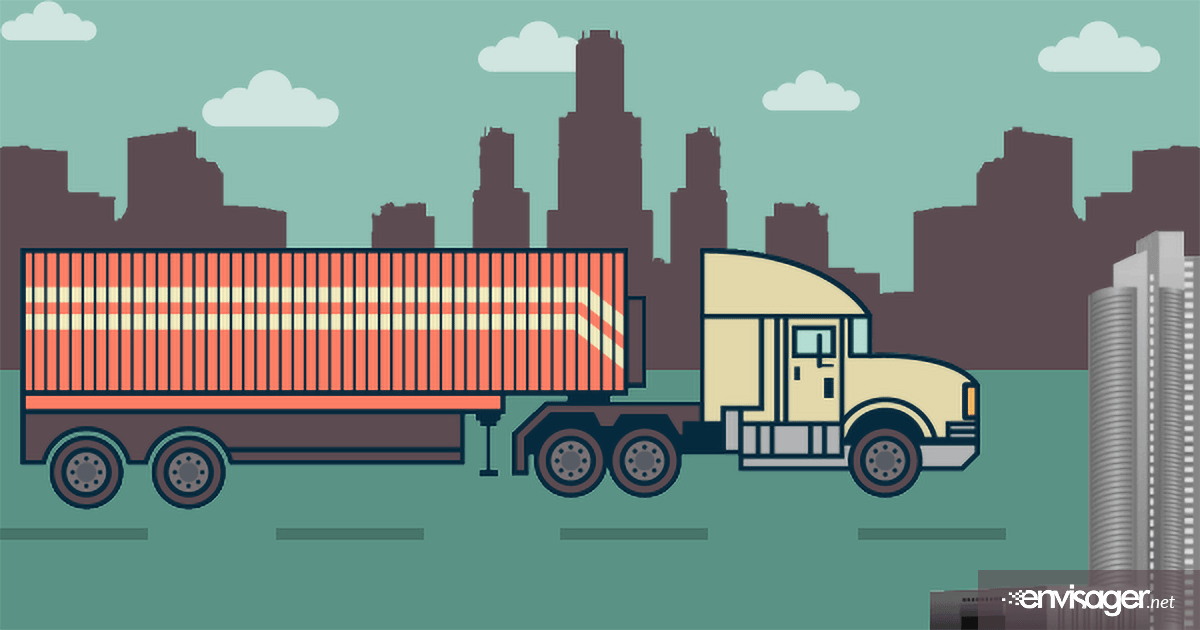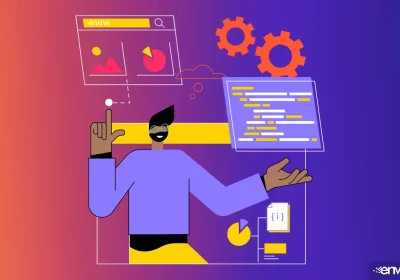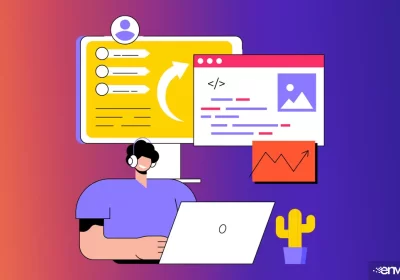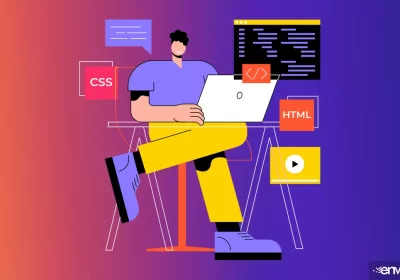How IoT Is Used To Enhance Shelf Life, Hygiene and Quality Of Food Products


The Internet of Things (IoT) is the network of physical objects such as devices, vehicles, buildings, etc., embedded with electronics, software, sensors, and network connectivity that enables these objects to collect and exchange data.
Are you concerned about the quality of food you have been consuming? Media is bloated with news about how toxicity has been affecting food in the course of transportation from farms to your kitchen. Reports of rampant food poisoning have added the grim quotient to this problem. Internet of Things (IoT) is advance use of technologies that blends cloud computing and wireless technology to make your kitchen safer.
How Your Food Is Imperiled
While your food can get contaminated long before it reaches the point of being transported. For example, when food crops use the same water drainage system as livestock. However, for the purpose of this article, we’re only discussing the issues of food safety after the farming process.
How does your food get contaminated during transit and storage? Contamination is primarily attributed to temperature variations which affects the food quality. Inadequate temperature fosters the growth of life threatening bacteria in food which causes poisoning.
The shelf life of food products is greatly affected by the ambient temperature levels. It has been observed that berries looses one day of shelf life when subjected to unusual high temperatures for a single day.
How IoT Is Used
IoT enables food and transportation agencies to monitor the refrigeration temperatures of containers in real time during transit so that necessary temperature tweaks can be done remotely to save perishable items from getting damaged. Specialized temperature sensors when installed in containers would periodically capture and wirelessly transmit core and ambient temperatures during the journey to grocers and other destinations so that any irregularity can be tracked down and rectified immediately.
If the refrigeration systems deviate from the planned course of operation, accurate data is relayed to warn the transport company reps. Sensors can be programmed for sending alerts to the handheld mobile devices of shippers so that they can initiate expeditious actions to prohibit food from getting ruined during transit.
IoT can accomplish better collaboration among multifarious components that constitute the artificial food chain. Sensors can be deployed at strategic checkpoints in the processing centers to ensure that the food’s quality has not been compromised during processing and refinement.
Restaurants and eateries can check with sensor data to predict correctly the arrival of food for delivery on time. After arrival, IoT sensors can provide useful data pertaining to the hygiene levels of the food. All the aforementioned processes work in strategic coordination to ensure that quality and safety of food is maintained reliably.
IoT is not a futuristic technology. It is already being used by the food industry to make your diet healthier and nutrient-laden. Companies are busy discovering newer ways to harness the limitless potential of IoT to make our life fulfilled, healthier and safer.

Hazel Burgess
FOUNDER/SEO DIRECTOR
Hazel is the Founder & SEO Director at Envisager Studio, a premier website design agency specializing in WordPress website design, development and internet marketing. In her spare time, she writes about search engine optimization, website design, and internet marketing.


